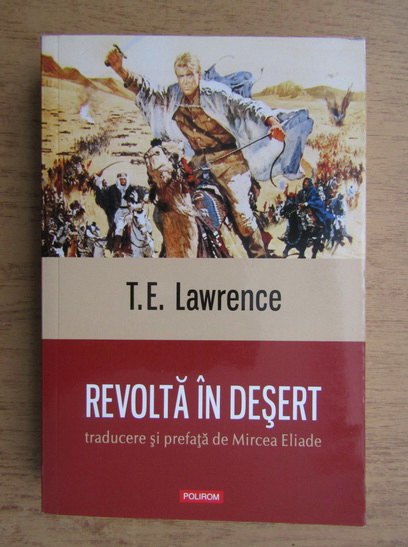

Half title with light toning from inserted newspaper portrait. Pictorial endpapers after Kennington with 16 plates and a folding map. Thus, we present this as a very early issue of the third American edition.New York: George H. Most of our other copies are similarly bound, but in smooth brown cloth, with no blind-stamped rectangle. We have seen many different copies of this edition of this title, and this particular copy is bound as O'Brien describes, and is thus an early, or possibly, first printing of the third edition. However, it appears that the earliest issues were bound in what O'Brien describes as 'rough cloth binding', with a blind stamped rectangle on the front board. O'Brien A190 identifies this as the third American edition, and notes that 'There are many printings of this edition and no effective means of determining priority of issue' (p.

A smaller format edition of the 1927 Doran 1st American edition. Illustrations by Augustus John and others. The uncommon dust jacket (similar to that encasing the first American edition) is present, although it is torn and creased, and now in about fair condition. The folding map is present and in near fine condition. Slight discolouration to the top left of the front board, light general shelf wear., tiny tear to the bottom of the rear hinge very good. Bound in brown woven cloth with vignette stamped on front board. Here, set down only a few years after his return from the newly independent Arab nations, is his own account of the revolt and the realities, the politics and the people behind Arab independence from Turkish rule, encompassing gross acts of cruelty and revenge, ending in a welter of stink and corpses in a Damascus hospital. It was his own masterpiece." - From the Introduction to the 1927 First edition. For his subsequent single-handed organisation and leadership of the Arab revolt, through two years of bitter and weird adventure, in an atmosphere of incredible romance and under a veil of profound secrecy, the authorities were not to blame. The authorities who rejected him can be forgiven, for not even Lawrence himself had guessed that he added, to the unusual combination of archaeologist, philosopher, diplomat and student of military affairs, the genius of a surpassing leader of irregular cavalry. Lawrence's knowledge of Arabic and the Arabian peoples brought him a commission as a subaltern in the Intelligence Service of the British command at Cairo. "Rejected as physically unfit for military service, T. A fine copy in a fine publisher's slipcase. pictorial cloth covers designed by Edward Bawden, spine lettered in gilt. Lawrence and others and sketches by Edward Bawden, map endpapers showing Lawrence's Desert Campaigns, orig. Lawrence, 13 other illustrations including photographs by T.E. 8vo., viii, 326pp., photographic portrait frontispiece of Colonel T.E.


 0 kommentar(er)
0 kommentar(er)
